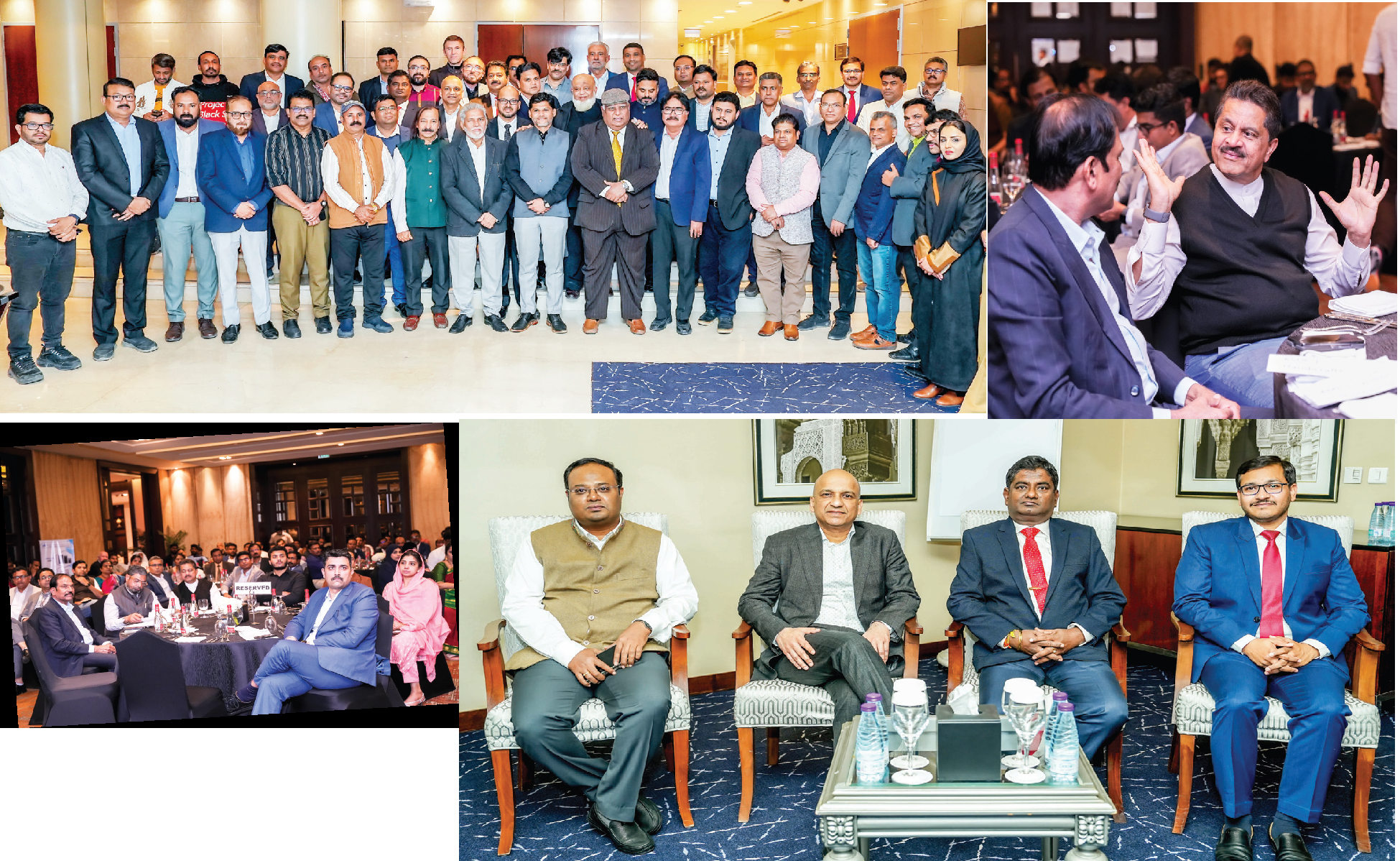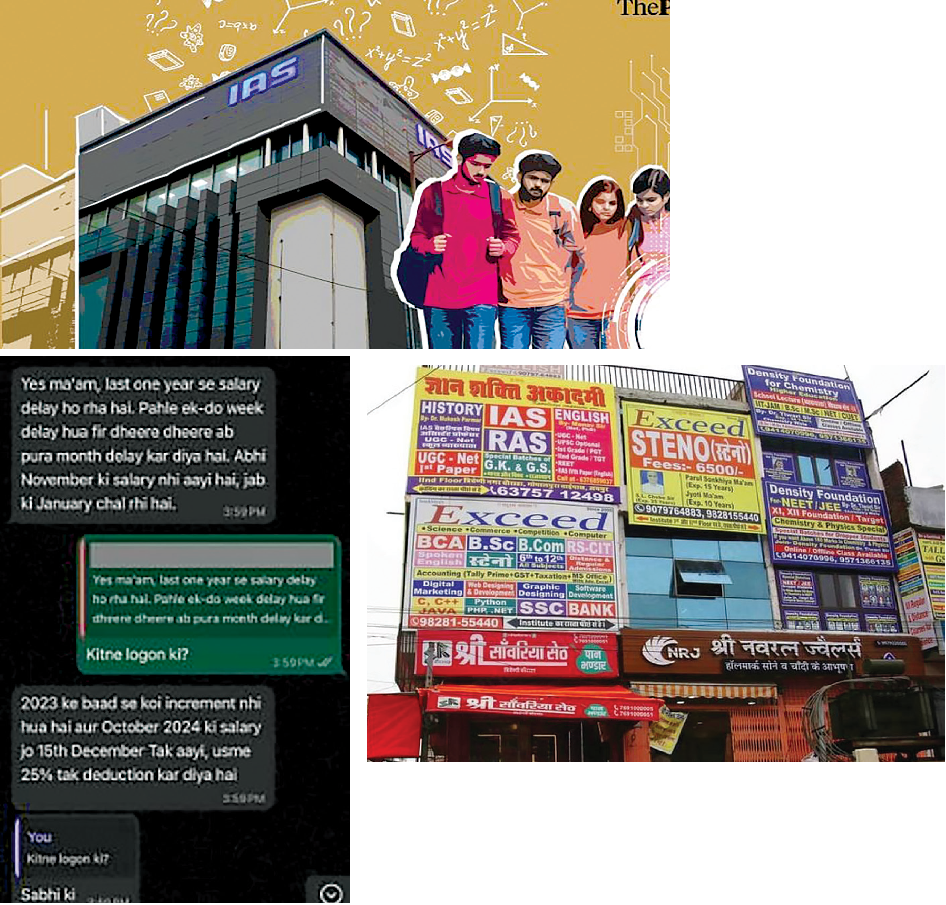
Challenges of AI: Too much to choose from
In Jithendra Vepa’s trip to Manila in Indonesia, agents of various sectors like health, finance, and insurance were seen rampantly making calls to customers, for post-product service and sales. “I observed a lot of clutter and a lot of time taken in quality assurance with long calls. This is where I and a few colleagues had the idea of bringing Artificial Intelligence (AI) into the process to make life easy for both agents and customers. Co-founding ‘observe.ai’ along with Swapnil Jain in Bengaluru, Vepa’s idea is now the most pursued, boasting investments of around $230 million.
In a free-wheeling chat with Chandra Prabhu S of News Trail, the Chief Technology Officer of ‘observe.ai’ spoke about the process of their work and the challenges of dealing with AI. Excerpts:
Q: Since you deal with customers, how do you fill the gap between AI and the Human touch?
A: That’s where the role of Large Language Models (LLM) with customer definitions comes into play. I’ll give you an example summarising a call can be just
giving an abstract. But it cannot be evaluated. This is where we created our evaluation framework based on our customer needs. ChatGPT gives you good
prompts, but we wanted to make a grounded one. Say, an agent sells insurance with 8-10% interest and our LLMs learn it and bring in a few nuances. Relevance of the call is also important. Usually, calls may divert away from the matter, and the model won’t need summarisation. Our models focus on customer’s frustration points.
Q: What about the voice used for conversation with customers?
We have our own Automatic Speech Recognition (ASR) which converts to text, which is highly accurate but not 100 per cent. We try to identify and iron the errors made by the ASR, with the help of the customers. This is where human intervention is needed.
Q: Since you store customer’s sensitive data, how do you ensure its privacy?
We already have all the certifications. But with calls we immediately redact Personal identifiable information and redact other sensitive information like credit card details. But post the phone call, the information touches multiple departments like Quality Assurance (QA). We mask the audio of the conversations and the transcriptions to ensure they stay anonymous. We also provide end-to-end encryptions, private links, and private emails through platforms like MongoDB.
Q: What are the challenges, for someone who has worked with AI for a long time?
Things are changing so rapidly. You may learn something today and tomorrow it may become obsolete. There is so much distraction in choosing the right AI solution at present. There are a lot of AI and Machine Learning (ML) solutions available to choose from. It’s important to carefully decide on one rather than jumping on the bandwagon. With our domain, there is less understanding of how models are evaluated, which we are actively working on.
Q: What about the opportunities offered by AI?
There are tremendous opportunities. These days, customers are aware of AI, be it its advantages, disadvantages, and security concerns. It is also meeting customer expectations, which makes it a good time for businesses to implement AI.
The role of MongoDB in Observe.AI technology stack
The MongoDB developer data platform gives the company’s developers and data scientists a unified solution to build smarter AI applications. Describing how they use MongoDB, Jithendra says
“observe.ai" processes and runs models on millions of support touchpoints daily to generate insights for our customers. Most of this rich, unstructured data is stored in MongoDB. We chose to build on MongoDB because it enables us to quickly innovate, scale to handle large and unpredictable workloads, and meet the security requirements of our largest enterprise customers."
 English daily published in Bengaluru & Doha
English daily published in Bengaluru & Doha






